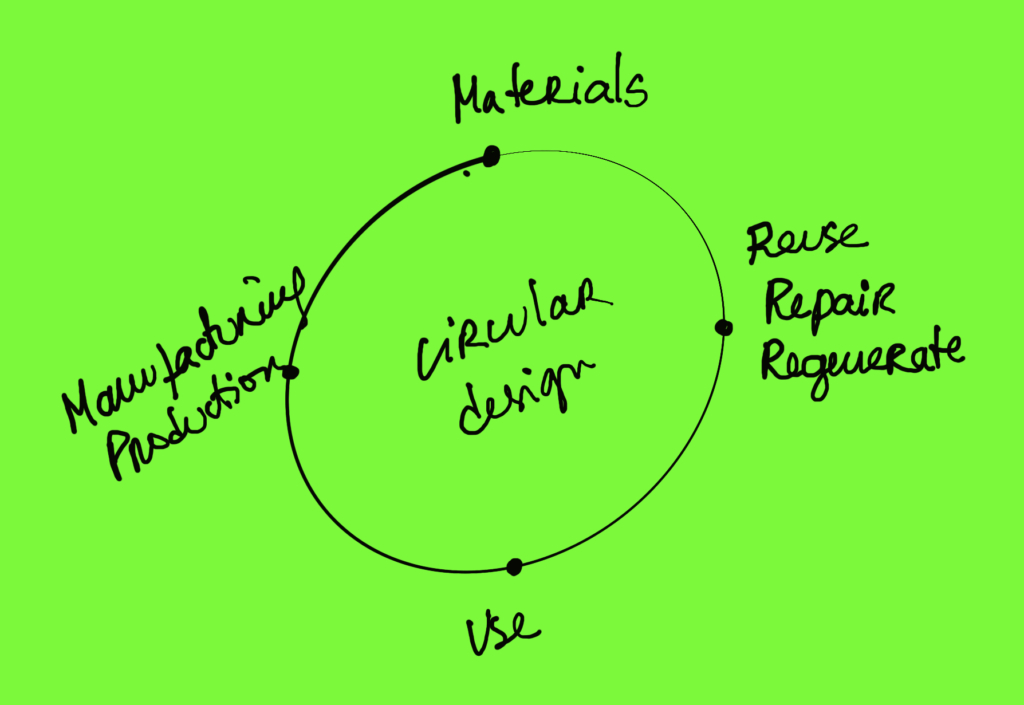‘Is it kind?’ was the theme of this year’s International Design Day, which celebrates the importance of design in improving our daily lives. In tribute to humanitarian designer Rob L. Peters, it brings a new standard to design – the standard of kindness – emphasising the importance of measuring design by its positive impact on the world, by the duty to care for people and their relationships.
This ethical and deontological approach inspired me to write about a new perspective and paradigm shift in design, ‘kind design’, which, together with ‘circular design’, translates into a vision of the world that promotes political, economic, social and environmental change.
How is kind design applied?
The concept goes beyond design centred on humans and their needs, care and attention to the target audience, and covers the entire value chain, from the extraction of raw materials, to manufacturing and distribution, to the environment in which the people involved in the process live. A model that ensures a responsible and ethical future, centred on social and environmental impact and not just financial profit.
‘Kind design’ is design being design, in harmony with its fundamental purpose of solving problems and improving people’s lives and the world. Don Norman, a leading name in design and a pioneer of UX design (user experience design), has been advocating design centred on humanity, its rights and the entire ecosystem. It’s a way of responding to complex issues and conceiving a more equitable future that focuses on creating systems that enable change and solutions to significant global challenges that affect all life on our planet. The approach encourages participatory and collaborative practices and the wider impact of design on society and the creation of a better world for all.
What is circular design?
In his latest book ‘Design for a Better World: Meaningful, Sustainable, Humanity-Centered’, Don Norman considers that many of today’s global problems are actually design problems that require a systemic design approach and thinking. He emphasises that it is not technological advancement that is at the heart of the problem, but rather human behaviour that has shaped global crises, social crises, migration and the climate crisis.
Norman proposes a change from the current linear, waste-creating economy to a circular economy inspired by nature’s circular principle, which also requires circular design, promoting durability, process efficiency and the careful choice of materials and reuse of products.

Design understands people, technology and processes. The author argues that designers must have not only technical knowledge, but also political and business knowledge in order to redesign systems and models.
Humanity-centred design is based on 5 fundamental principles:
— Focusing on the entire ecosystem of people, living beings and the planet;
— Solve the root of problems, not just the problem;
— Adopt a long-term, systemic point of view;
— Test, iterate and continuously improve;
— Co-create with the community, not just for it.
Don Norman also encourages designers to act as facilitators, empowering communities to develop their own solutions and rethinking the way products are designed and used.
An example of this is the clothing brand Patagonia, which has already demonstrated genuine concern for the environment, the value chain and the impact of its products, and which adopts repair and reuse practices to extend the life cycle of products and reduce environmental impact.
In conclusion, ‘kind design’, centred on humanity, duty of care and responsibility towards all people, ecosystems and the planet, gives us a positive vision of a more sustainable, participatory and equitable world – a better future, aligned with the best interests of children. By prioritising sustainability, inclusion and equity in all aspects of design, we invest directly in the well-being and potential of the next generations, leaving a legacy of values, of ‘kindness’.
By adopting a design approach that considers the long-term impact on new and future generations, we build the foundations of a fairer, more resilient society and a culture that nurtures and protects, where they can grow, learn and evolve in a ‘kinder’ environment for all.
